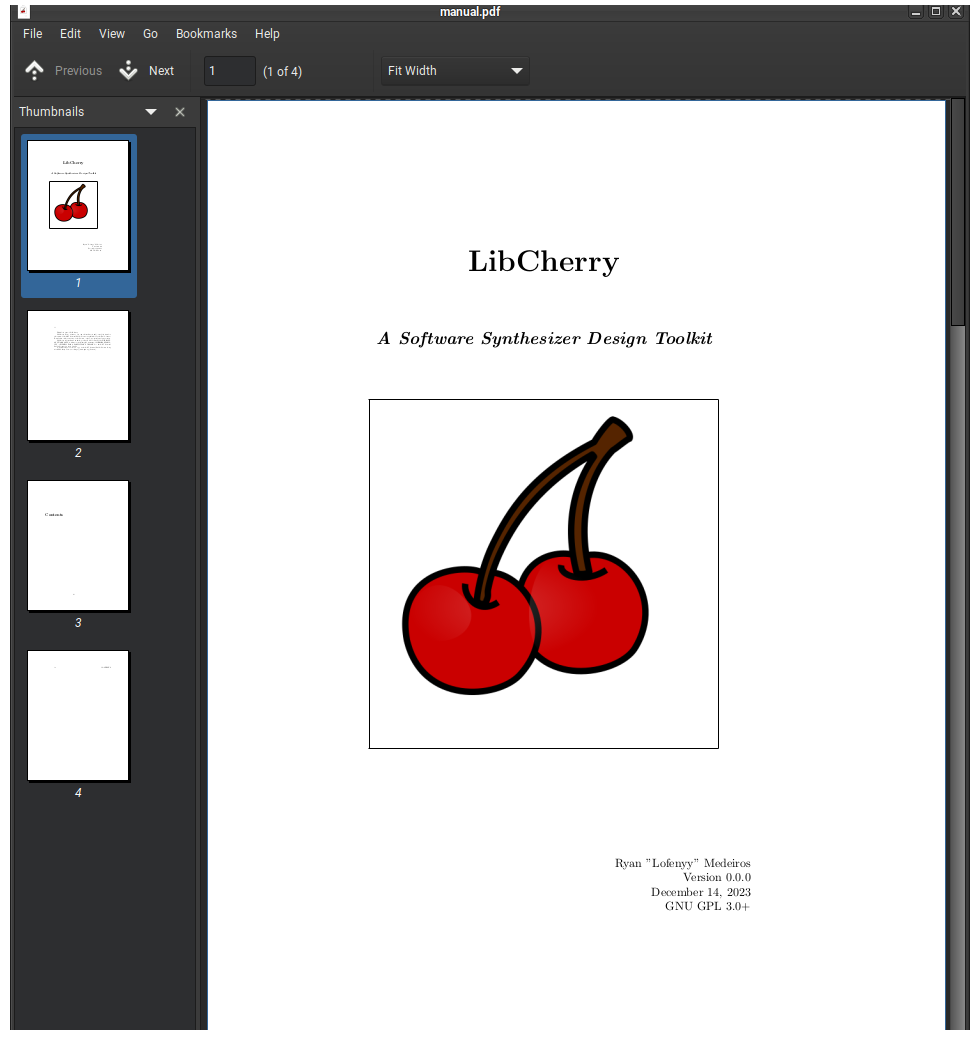this post was submitted on 14 Dec 2023
105 points (95.7% liked)
Technology
63010 readers
4571 users here now
This is a most excellent place for technology news and articles.
Our Rules
- Follow the lemmy.world rules.
- Only tech related content.
- Be excellent to each other!
- Mod approved content bots can post up to 10 articles per day.
- Threads asking for personal tech support may be deleted.
- Politics threads may be removed.
- No memes allowed as posts, OK to post as comments.
- Only approved bots from the list below, to ask if your bot can be added please contact us.
- Check for duplicates before posting, duplicates may be removed
- Accounts 7 days and younger will have their posts automatically removed.
Approved Bots
founded 2 years ago
MODERATORS
you are viewing a single comment's thread
view the rest of the comments
view the rest of the comments

There are synthesizers, and there are electronic keyboards. Main difference is, synths generate completely novel sounds using circuits like oscillators, filters, etc, while regular keyboards just play back prerecorded sounds. A synth can come with a keyboard to control it, or it may be a completely independent unit, maybe rack-mountable, that's controlled digitally from a control keyboard or sequencer using MIDI signals.
Thanks! I've heard a million explanations but this is clear - so the synth is taking the composition as input from what most people would think of as the "instrument" (as in, the place where somebody is picking notes and rhythm), but the synth is the thing that controls the shape of the actual soundwaves, and ideally that waveform is fully constructed within the synth from first principles, instead of just being a set of samples that are just pitch-shifted to hit each frequency to play different notes, right?
And obviously, adjusting the parameters synth itself is also part of the performance and composition, just as muting a trumpet or hitting an effects pedal is part of that, even though it's not really part of "what note do I play when", and with far more parameters available since the sound is wholly constructed instead of just being modifications of eg. a vibrating string or brass.
So when people talked about "synthesizer music" in the '80s and the popular image was of a guy jamming on the keyboard, what was actually meant was that the keyboardist was playing a keyboard that was using a synth to generate the actual sound, which might or might not be a separate unit from the keyboard.
Funny that you mention it. Synthesizers are very much a product of university research programs. Back in the 60's and 70's, when synthesizers as a concept was still new, there was heated debate between the pioneers of the field (Robert Moog in New York and Donald Buchla in Berkley, California) over whether or not synthesizers should even have a keyboard.
The origin of the word "synthesizer" isn't actually "synthetic", as many believe, but rather synthesis, as in the academic sense of the word, from the idea of breaking a sound down into it's individual parts and reassembling them.
This is exactly right!